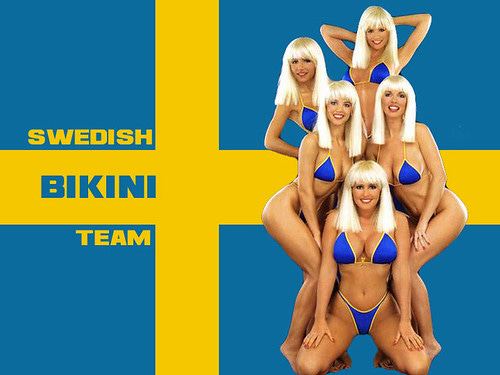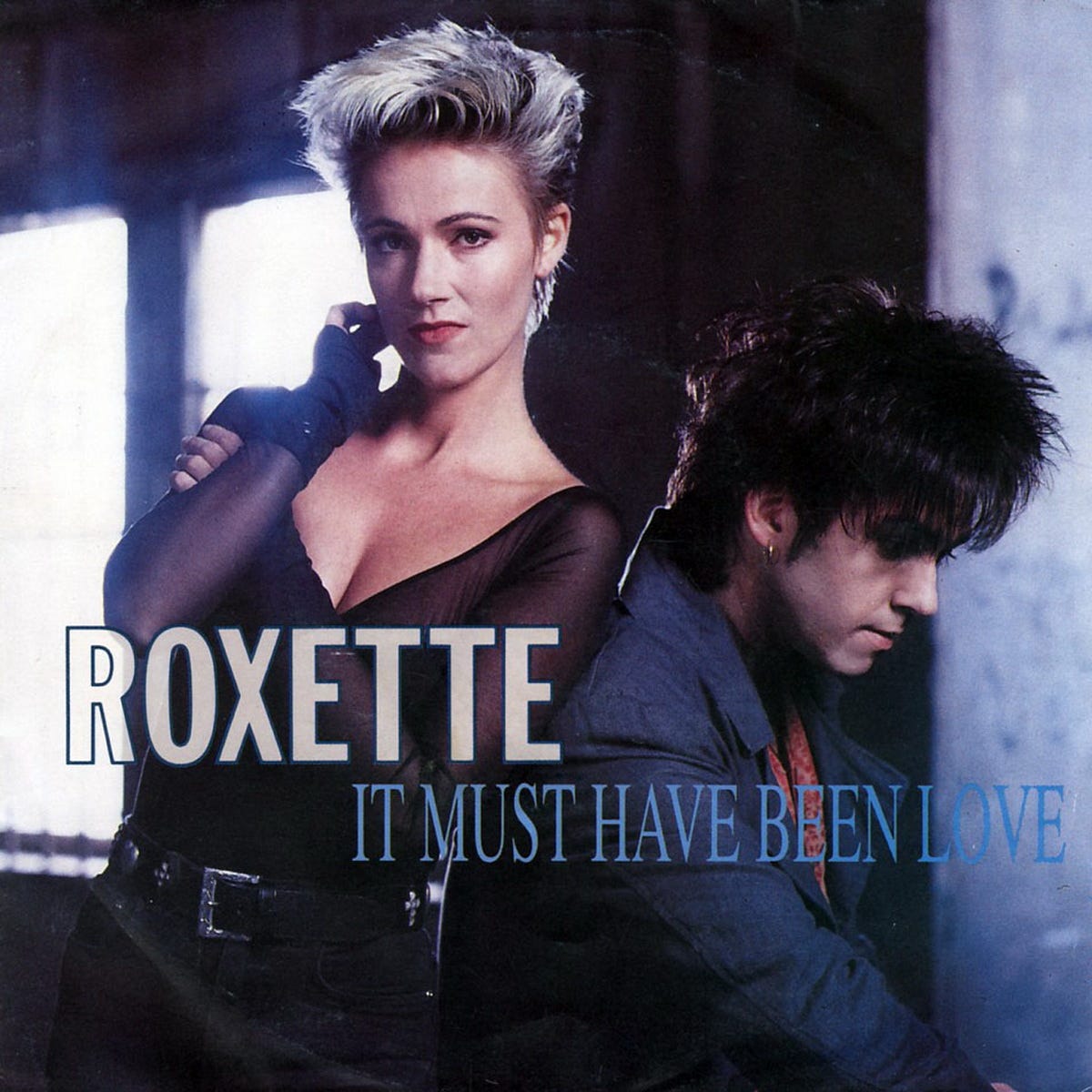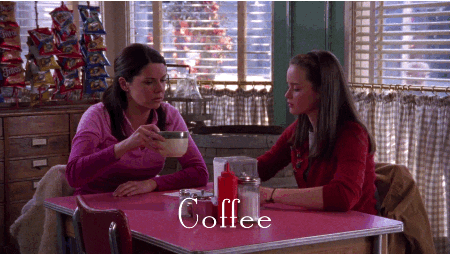Do you know how to fika?
Swede dreams are made of this...
If all goes well, this issue will arrive in your inbox while I’m in Stockholm, Sweden.
I’ve never been to Stockholm, but when my sister said she was coming from Denver to do a trip through Scandinavia this summer, I wanted to see her, and decided Stockholm would be a good place to meet.
But what do I know about Sweden?
Well, as a child, most of my Swedish influence came courtesy of pop culture.
I remember that Patch was stationed in Stockholm when he was in the Merchant Marines (thanks, Days of Our Lives)…
I remember the beer commercials with the “Swedish Bikini Team” (who, it turns out, weren’t actually Swedish!).
And, of course, I knew Abba was from Sweden.
And when I was older, I began to associate Sweden with the Nobel Prize, IKEA, and… a lot of pop music.
Then came Spotify.
Girls with Dragon Tattoos.
The Skarsgards.
And then there’s the fact that everyone is so happy in Sweden (though they aren’t the only Scandinavian country that can claim high levels of happiness).
So I decided I’d better do my homework for this trip – even though I only have 24 hours to soak up a bit of Swedish culture.
And in my research, I came across the word ‘fika.’
And immediately thought, ‘What is fika?’
I was curious…
The first thing I found on the interwebs described fika as “a concept, a state of mind, an attitude and an important part of Swedish culture.”
OK…
The word “fika” can be traced back to the 19th century, when the Swedish word “kaffi” (coffee) was inverted to “fika” as a slang term.
Coffee was introduced to Sweden in the 18th century, and at first was considered the actual fika.
But over the years, baked treats (like ‘fikabrod’) became part of fika, as did the social aspect.
By the 19th century, patisseries arrived in Sweden, and locals were enjoying “fika” (or “fika-ing”?) over coffee and cake.
Maybe you’re thinking what I was thinking: Fika sounds a lot like a coffee break, right?
But it’s not just a coffee break.
This is not a “grab your latte from Starbucks and hurry to the office for a meeting” kind of coffee break.
To fika is to take time out of your day to pause, and enjoy a hot drink and a snack (maybe one of the cinnamon buns Sweden is known for, or a slice of “princess cake”).
It’s about really enjoying the moment – whether you are socializing with friends or “fika-ing” by yourself. (Fika is both a noun and a verb, but I’ll have to investigate how to use the word properly.)
And apparently you can fika whenever you want.
Some like to fika mid-morning, or mid-afternoon, or on their way home in the evening.
You can take as many fika breaks as you like in a day. Indoors or outdoors. With friends or alone.
It sounds like the fika rules are fairly relaxed.
But – it is important that you fika.
If the Visit Sweden website is to be believed, fika is so ingrained in the Swedish culture that it is custom for companies to add that employees are entitled to fika breaks.
And many Swedes consider that it is almost essential to make time for fika every day.
Or at least, this is what I’ve read.
I will be investigating this properly over the next 24 hours.
So, today, I encourage you to fika like a Swede. Wherever, whenever, and however you want.
Drink what you want. Eat what you want.
But take a moment to pause – and enjoy.
I intend to do the same – and also find out what “princess cake” is.
Recent Work and Writing
The Best Father's Day Gift of All Time — Here’s a story that mixes communication, forgiveness, and joy (and baseball!).
Don’t Miss This Lesson from Chris Licht — The story of the ousted CEO of CNN offers an important leadership lesson.
The Helpers Are Out There — Mr. Rogers was right. The world is not as bleak as the news might have you believe.
I Wish I’d Learned This in College — There was no course that prepared me for this…
How Can I Help?
I’ll keep saying it: Communication matters.
And if you want to improve your communication (and get all the good things that come with that), I’m your gal.
So many companies could reap significant benefits – from performance and culture to retention and engagement – by improving their communication.
So, if you know someone who could benefit from some help (as even the most seasoned leaders do), please get in touch and check out my website for more information.
You can also see my Top 10 list of what I can (and can’t) do for you here.
And if you see any communication examples (the good, the bad, and the ugly) that you think are worth analyzing or sharing, please send them my way!
Until next time, Stay Curious!
-Beth
















Have fun!! I spent a week in Sweden and absolutely loved it. The dairy products alone...
Marzipan and more marzipan! How fun to be there during Midsommer. The most magical time of the year!